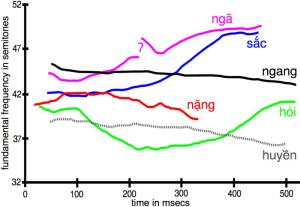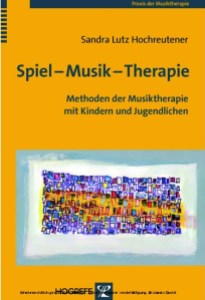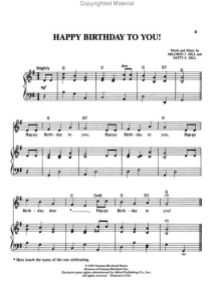Pietro Gaetano’s Oratio de origine et dignitate musices (ca. 1568)—“an almost unknown text from an almost insignificant individual”—illuminates relationships between music and a sense of history in the Renaissance. Unlike Tinctoris, Gaetano tried to integrate a notion of organic evolution into music historiography, along with a sense of periodization—both concepts that added substance to a historical view that was already dominated by the idea of a lineage of great composers and their works.
This according to “To write historically about music in the 16th century: Pietro Gaetano” by Philippe Vendrix, an essay included in our recently published Music’s intellectual history. Above, the first page of Gaetano’s manuscript (I-Vmc, Provenienza Cicogna, MS 1049; click to enlarge).












